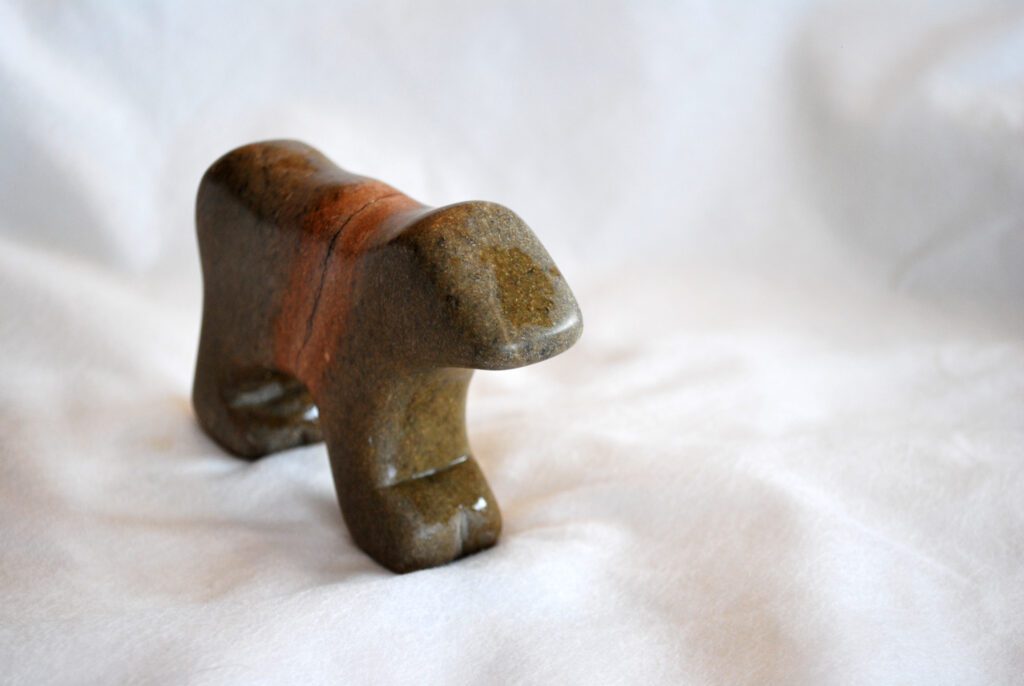Mindfulness has become an increasingly popular approach to improving mental health and wellbeing.
One way to experience mindfulness is by creating a sculpture out of soapstone. This activity has been shown to have several benefits, including stress reduction, improved focus, and increased feelings of relaxation and wellbeing.
Creating a sculpture out of soapstone requires focused attention and concentration, which can lead to a state of flow. Flow is a state of complete absorption in an activity, where the mind is fully engaged and focused on the present moment. Research has shown that experiencing flow can lead to increased feelings of happiness and wellbeing (Csikszentmihalyi, 1990).
In addition to promoting flow, creating a sculpture out of soapstone also promotes relaxation. Sculpting can be a meditative activity that promotes relaxation and reduces feelings of stress and anxiety. Studies have found that mindfulness practices, such as meditation and yoga, can reduce levels of the stress hormone cortisol (Ditto et al., 2006; Khoury et al., 2015).
The process of creating a sculpture out of soapstone can also help individuals connect with their emotions and promote emotional wellbeing. Sculpting can be a form of self-expression, allowing individuals to process and communicate their emotions in a nonverbal way. Research has found that engaging in creative activities, such as painting or sculpting, can improve emotional regulation and reduce symptoms of depression and anxiety (Stuckey & Nobel, 2010).
Finally, creating a sculpture out of soapstone can be a rewarding experience that promotes a sense of accomplishment and self-esteem. The act of creating something from raw materials can give individuals a sense of pride and purpose, which can boost self-esteem and improve overall feelings of wellbeing. Studies have found that engaging in creative activities can promote positive emotions and increase feelings of self-efficacy (Fredrickson & Joiner, 2002).
Creating and sculpting soapstone can be a powerful tool for promoting mindfulness and improving mental health and wellbeing. By promoting flow, relaxation, emotional expression, and a sense of accomplishment, sculpting can be a valuable addition to any mindfulness practice.
References
Csikszentmihalyi, M. (1990). Flow: The psychology of optimal experience. Harper Perennial.
Ditto, B., Eclache, M., & Goldman, N. (2006). Short-term autonomic and cardiovascular effects of mindfulness body scan meditation. Annals of Behavioral Medicine, 32(3), 227-234.
Fredrickson, B. L., & Joiner, T. (2002). Positive emotions trigger upward spirals toward emotional well-being. Psychological Science, 13(2), 172-175.
Khoury, B., Sharma, M., Rush, S. E., & Fournier, C. (2015). Mindfulness-based stress reduction for healthy individuals: A meta-analysis. Journal of Psychosomatic Research, 78(6), 519-528.
Stuckey, H. L., & Nobel, J. (2010). The connection between art, healing, and public health: A review of current literature. American Journal of Public Health, 100(2), 254-263.


